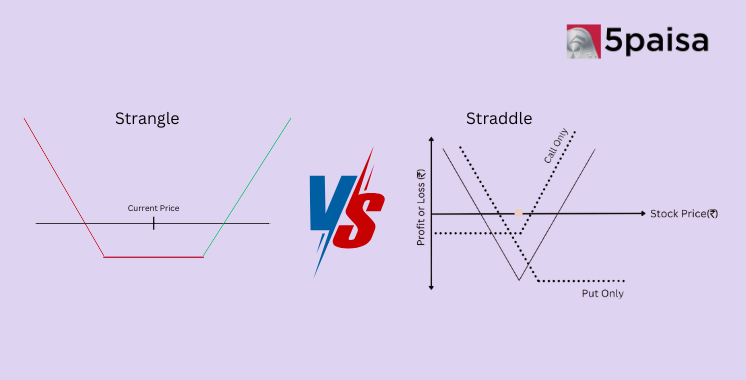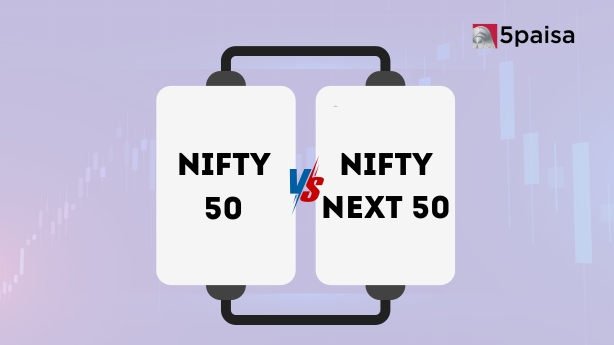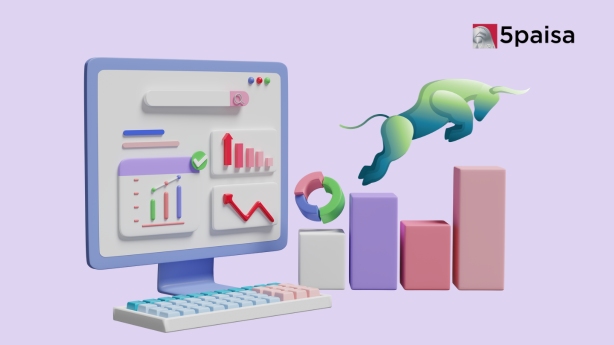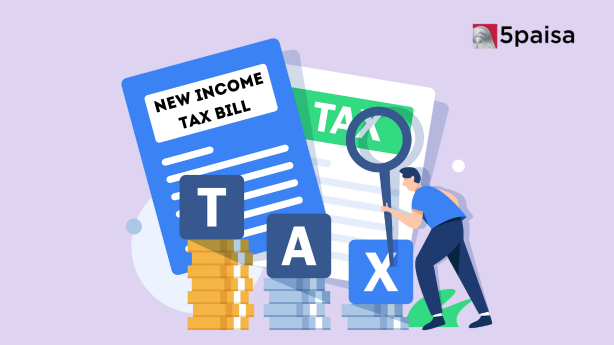How Essar Group unshackled from debt and what lessons it holds for India Inc
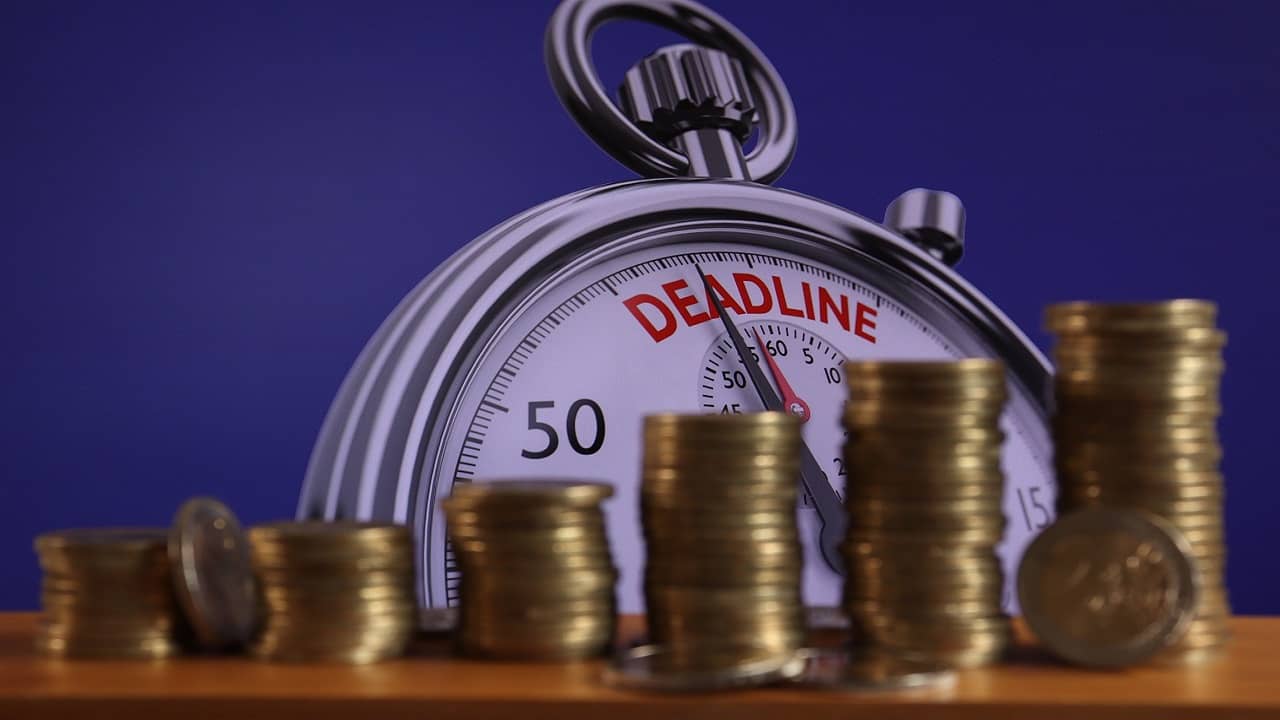
Economic cycles often make or mar the fortunes of business houses in India. One wrong move—a bullish bet when the macroeconomic environment is veering towards a downturn or overleveraging in hopes that an accommodative credit cycle will continue for long—can upend a healthy balance sheet and liabilities can become the proverbial millstone around a company’s neck dragging down financial performance.
The Essar Group, which became debt-free last month after repaying $25 billion (Rs 2 trillion), is one such Indian conglomerate which has had repeated run-ins with investors, creditors and bankers over the decades. Indeed, the group has all the trappings of a chequered history with numerous legal claims and cases being filed against it.
Looked at from the lens of the Essar Group’s long-winded tryst with overleveraging, becoming debt-free is a major milestone for the conglomerate. How did the group become overburdened with debt and how did it clean up its mess?
Essar's rise, fall and rise again
Brothers Shashi and Ravi Ruia founded Essar Group about five decades ago. By early 21st century Essar had emerged as one of India’s largest corporate conglomerates. It operated a range of businesses including shipping and ports, oil refining, steel, telecom, BPO and power.
However, like most conglomerates, most of this growth was driven by borrowings. And when economic and commodity cycles turned unfavourable, the group found itself deep under debt. Essar Steel and Essar Oil, in particular, were hurt most, and it was their sale that helped Essar bring its debt under control.
Over the past few years, the group has either sold or let go some of its most prized assets in an attempt to shake off the debt burden. Essar sold its oil refining business, including the Vadinar refinery in Gujarat, to a group of buyers led by Russian energy giant Rosneft for almost $12.9 billion in late 2016.
In early 2017, it sold its BPO business Aegis. Soon after, Essar Steel’s creditors pushed it into insolvency to recover about Rs 54,000 crore. Eventually, steel tycoon Lakshmi Mittal-led ArcelorMittal and Japan’s Nippon Steel won the Essar Steel bankruptcy battle in late 2019. And last month, Essar now sold a power plant, a 25-million-tonne port at Hazira in Gujarat, and a 12 MTPA port at Paradip in Odisha to ArcelorMittal Nippon Steel Ltd.
Still, terming the debt repayment as an achievement will be a stretch considering that the group has often evoked the ire of bankers and creditors by running many businesses into the ground, and recurrently having their loans land up in the roster of non-performing assets.
Notwithstanding the financial history of the Essar group, it has been the group’s deleveraging that has drawn much attention given that such a move seems acutely attuned to the prevailing sentiment within India Inc. In the last five-six years, corporate India has been dead-set on running a lean, mean and agile business that is not saddled with excessive debt and is reluctant to expand business on the back of debt.
The era of deleveraging
After the heady days of the 2002-2008 bull cycle, India Inc was, perforce, put in a position where it could not escape its credit hangover. With the economic cycle pivoting towards contraction and the boosters of consumption and capex plummeting, India Inc was left to come to terms with the bitter fruits of debt-fuelled expansion.
Consequently, several companies had to abandon or exit their expansion plans, and shelve their merger and acquisition goals for good. Front pages of newspapers that were once filled to the brim with companies tapping overseas markets for funds soon turned into a news hellscape which was dotted with several firms defaulting on their loan requirements.
By FY21—as the shadow of the Covid-19 pandemic soured business sentiment—big firms were picking up the dismal signals emerging from ground zero and started to deleverage aggressively for fear that economic conditions could possibly worsen further, and fatally haemorrhage their finances.
In FY21, the debt-to-equity ratio for listed firms plunged to a six-year low of 0.59. In FY20, the same ratio was trending at 0.73, and the tumbling of the ratio was pegged on a 7% year-on-year decline in net debt in FY21. The fall in debt levels was a shock to the corporate ecosystem.
In the real economy, millions of Indians were entrapped in a low-income, low-growth scenario with limited job opportunities and instances of thousands vying for a single position were, unfortunately, far too common. Things are evidently changing as unemployment figures are clocking in a downward trend, disposal income in the hands of blue-collar employees is rising and the narrative seems to be turning for the better.
However, the credit collapse of FY21 goes to highlight the fragility of India Inc’s financial framework, and how a drop in income opportunities to those at the lowest rung of the pyramid can dent the bottom line of large firms and multinational companies.
When did the deleveraging kick-off?
Contrary to popular perception, the deleveraging wasn’t triggered in the immediate aftermath of the pandemic. In fact, things had been slowing down on the economic front even before the pandemic. As per a Bank of Baroda analysis, companies were taking to deleveraging as early as FY18 and FY19.
The analysis states that in the consecutive fiscal years, a total of 1,842 and 1,899 companies respectively decided to cut back on their cumulative debt levels. This number moved north in the following years as FY20 and FY21 saw an almost equal number of companies—2,139 and 2,144—closing off or tightening the debt tap.
The analysis also zeroes in on the many reasons that could be scuttling India’s industrial and commercial credit growth. It states that a number of insolvency resolutions contributed to the lowering of debt levels as many borrowers sold off their assets and used the proceeds to reimburse creditors.
The fact that the pandemic, by and large, retarded discretionary spending is also reflected in the capacity utilisation rates. Average capacity utilisation rates dropped to 47.3% in Q1FY21 before recovering to the levels of 69.4% in Q4 of the same FY. This data indicates that a number of companies are operating with surplus capacity, and do not foresee, at least, for now, the need to drive up their capex spending.
Alternatively, for a number of companies hailing from the steel sector, where demand has relatively been healthy and cash flows have been robust, surplus funds have been utilized towards extinguishing old liabilities, and new investments are being financed from within the company’s corporate universe rather than through external players like banks or NBFCs.
Impact on infrastructure
There are deep interlinkages between the sentiment dictating the economic mood and the perceived optimism of firms in raising credit. A follow-on effect of India Inc’s willingness to raise funds results in the declining levels of private sector contribution towards infrastructure creation in the country. A steep fall in this private sector’s infra-expansion spree piles additional pressure on the government and forces it to incur further debt to finance capital expenditure and simultaneously cater to social security programmes.
However, there is some hope to be drawn from India’s sterling economic position in the present. Even as fears of recession hang ominously over the global macroeconomic environment, economists and academics are predicting that India’s infrastructural growth is strengthening by the quarter and will continue to meaningfully move upwards.
- Flat ₹20 Brokerage
- Next-gen Trading
- Advance Charting
- Actionable Ideas
Trending on 5paisa
Indian Stock Market Related Articles
Disclaimer: Investment in securities market are subject to market risks, read all the related documents carefully before investing. For detailed disclaimer please Click here.
 Tanushree Jaiswal
Tanushree Jaiswal
 5paisa Research Team
5paisa Research Team
 5paisa Research Team
5paisa Research Team
